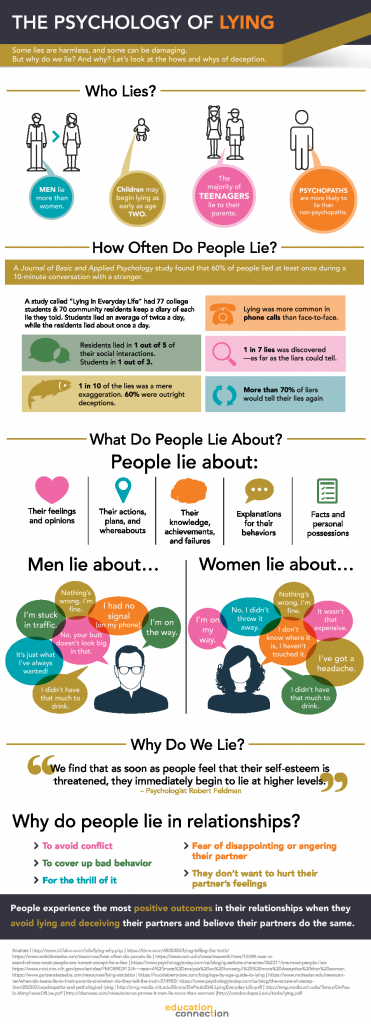
Whether voluntary or involuntary, the loss of one’s employment when a child is attending college can leave a parent distraught. Questions like “how will I come up with tuition?” and “will my child have to leave school?” are very common and real. There’s no doubt that the loss of a job has incredibly serious consequences for families–especially those with one or more students currently enrolled in college. Find out how you can receive financial aid from the FAFSA and unemployment status. Financial aid may be available to those who qualify.
Table of Contents
Financial Aid Job Loss or Income Reduction
As with many such issues, the best way to approach the problem is pragmatically. And when it comes to financial aid, there is actually a prescribed approach that you should take to help get your financial aid squared away as soon as possible. Let’s take a look at the next steps you’ll need to take so you can rest easy and get back to your number one priority–finding a new job.
Dealing with FAFSA and Unemployment When You’ve Lost Your Job
- Before we get started, don’t panic. You are not the first family to have this crisis while one or more students are attending college. In fact, the financial aid office will see this situation many times each academic year.
- Gather documentation regarding your job loss. This may include a separation notice or even COBRA eligibility paperwork provided by HR. You will also want to have a copy of your final paycheck.
- Ask for reconsideration of your student’s financial aid. Write a detailed letter to the financial aid office explaining your circumstances and provide the documentation from step 2 above. Your letter should both explain the nature and extent of your unemployment as well as a projection of your family’s gross income for the remainder of the year in question.
- Call the financial aid office and ask if they have a form you need to complete to address special circumstances such as a loss of employment. Have the office email the form or download it from the school’s financial aid website, if that is an option. Carefully and thoroughly complete the form.
- Send the school’s appeal form, as well as your letter and documentation, to the financial aid office. It never hurts to send via UPS, FedEx or certified mail so you know when your letter has arrived. Keep the receipt date handy because you’ll want to follow up a few days after to inquire about the status of your request.
Financial Aid School Review Process
Now what? Each school has its own review process when it comes to making adjustments to your financial aid package, particularly if unemployment will alter FAFSA. Generally, they will use your adjusted income for the current academic year and update your FAFSA information to see if you may be eligible for additional federal student aid. If you attend a private school, they will also determine whether or not they are able to offer additional assistance from the school.
It’s important to remember that even though you have lost income, your financial aid package may not change. For example, if you did not receive need-based assistance prior to your job loss, it’s possible that the income you earned up until your loss of employment, combined with other assets and factors, may still leave you ineligible for such assistance.
Making these adjustments falls under the financial aid office’s ability to exercise professional judgment. It is fully and wholly their decision as to how they factor your job loss into their calculation of financial aid.
Whether you receive an adjusted award or not, you will still be anxious to find your next employment opportunity and to determine how you will afford any upcoming educational expenses. Many families turn to federal student loans, including the federal PLUS Loan for Parents.
One of the advantages of the PLUS Loan is that you can defer making payments until after your student graduates college or drops below half-time status. Some families also consider private student loans. Assuming you have good credit, cosigning a private student loan leaves the student as the primary borrower. Due to historically low interest rates at the time of this writing, private student loans can actually be less expensive than the PLUS. Even if you are denied PLUS, you still have options.
While we know borrowing is never the preferred option for paying for school, it does buy time and that is a very important consideration when your family is struggling to make ends meet after a loss of income.
What Can the Student Do to Help? Scholarships and Work-Study!
Finally, it’s important to have an open and honest discussion with your student. Let him/her know that he/she may need to pitch in financially. That may mean pursuing part-time employment or work-study opportunities (if eligible). Even a small amount of extra income from your student can help offset his/her day-to-day expenses.
It’s also important for him/her to continue to look and apply for outside scholarships. Stress how critical it is for your student to give these applications his/her full attention and encourage him/her to carefully review prior to submission. Even if your student may not be eligible for need-based awards, there are thousands of other programs that may reward him/her for academic achievement, talent, athletic skill, and a variety of other reasons.







